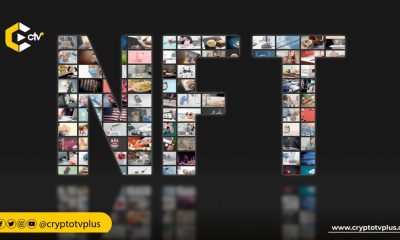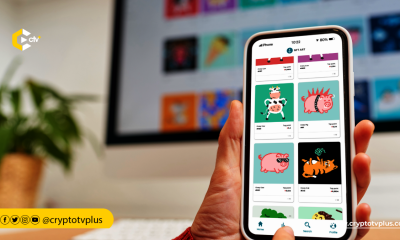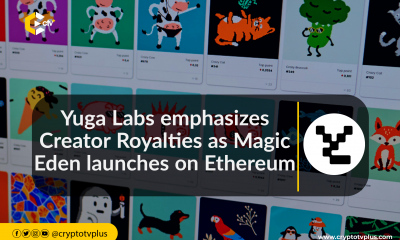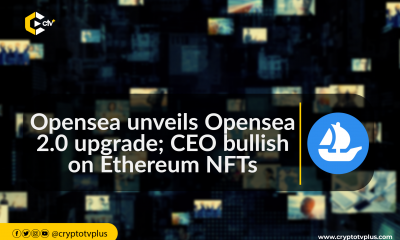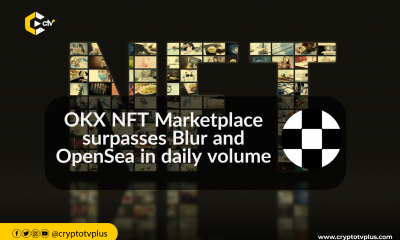News
WEF Report: How NFTs have affected the gaming industry

The gaming industry has witnessed a profound transformation with the integration of Non-Fungible Tokens (NFTs) into the gaming experience. These digital assets have opened up a world of opportunities for both players and developers, creating unique use cases and valuable lessons.
According to a World Economic Forum (WEF) report on how NFTs have fared in the gaming industry, it said that some of the most dynamic use cases of NFTs over the years, among others, are those by Ubisoft and Axie Infinity.
In terms of ownership and control of in-game items, Ubisoft’s entry in June 2021 was a game changer. It patterned with Tezos and also introduced its NFT platform, Ubisoft Quartz.
For play-to-earn, Axie Infinity by Animoca Brands gave the Web3 gaming industry a new exciting experience where players buy, sell, and breed unique creatures called “Axies” using cryptocurrency.
Overall, WEF said that NFTs in gaming have fostered creativity and innovation within the gaming community, creating a more engaged and enthusiastic player base.
Lessons Learned
For the lessons that have been captured from the industry, the global organization revealed that the first point is that interoperability is crucial for the use of NFTs in gaming to grow.
NFT gaming thrives on interoperability, allowing players to transfer items across games and platforms. Interoperability enhances the gaming experience, making it more customized and increasing the value of in-game assets.
The next highlight from the industry is that community and player engagement is very important. Successful NFT-based games prioritize community involvement, giving players a sense of ownership and participation in game development and governance. This engagement contributes to a game’s growth and sustainability.
Thirdly, it added that NFTs in gaming have the potential to create new social models, rewarding users based on the value they create. It added that focusing on Web2 users who are the most crypto-savvy generation is vital in driving adoption.
“NFT-based games should use the generation already exposed to Web2, which is more crypto-savvy,” WEF said. “Recent studies showed that in 2021 approximately 95% of teenagers (13-17 years) played traditional video games (90% for 18-24; 77% for 25-34), showing the huge potential of NFT gaming.”
Finally, it added that the introduction of royalties coded into digital assets fosters new revenue streams for developers and content creators. In-game items have become investments, offering players financial incentives for active participation.
The WEF believes that the integration of NFTs into gaming has opened up new opportunities, introducing concepts of ownership, profit, and engagement. The effect of this in a growing gaming world is that NFTs are set to play an increasingly central role in shaping the future of gaming.
Read also; World Economic Forum Releases Whitepaper on Crypto Regulation



